Sydney birth rates fall to new low - but COVID boom could be coming
Birth rates across some of Sydney’s largest maternity units have hit record lows. But one hospital suggests a COVID baby boom could be on the way...
Southern Courier
Don't miss out on the headlines from Southern Courier. Followed categories will be added to My News.
Birth rates at some of Sydney’s largest hospitals are at record lows, according to new figures.
In Sydney’s eastern suburbs the rate slumped to a new low with fewer babies born during 2020 than in any of the past 15 years.
It is a similar story across the city with Westmead Hospital in Sydney’s west, Royal North Shore Hospital in the north and St George Hospital in the city’s south all reporting similar falls.
In the eastern suburbs there are two hospitals which deliver babies: The Royal Hospital for Women and Prince of Wales Private Hospital.
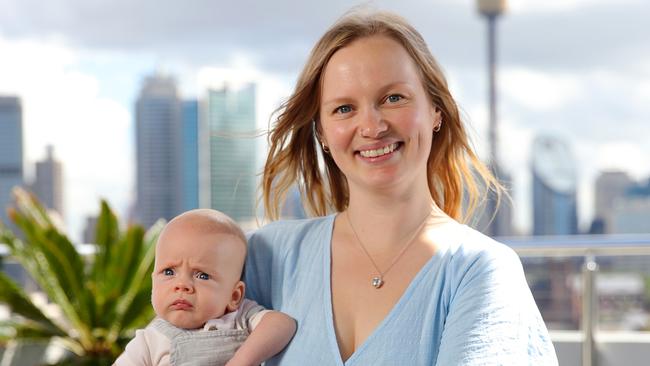
The two hospitals, both based at Randwick, recorded a sharp decline in the number of babies born during 2020 compared to previous years.
Across the two sites, 5554 babies were born in 2020 compared to 5924 in 2019 and 6007 in 2018.
During a peak year in 2012, more than 6800 babies were born across the two.
The birth rate in 2020 was the lowest on record for the past 15 years in the eastern suburbs.
A Royal Hospital for Women spokeswoman said there could be a lot of factors behind the decline including socio-economic factors and changing demographics.
Prince of Wales Private Hospital general manager Robert Cusack said, despite the decline, the number of babies being born at the private hospital was on the rise again this year.
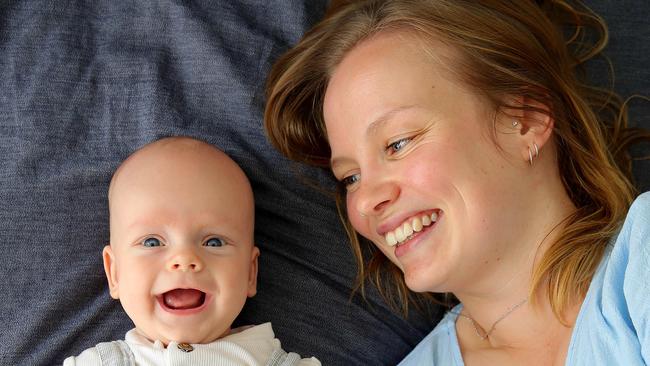
“Last year we saw an average of 156 babies born per month,” he said. “For the first four months of this year, noting we are only a few days into April, we have seen 190 per month.”
Mr Cusack, who did not go as far as stating that increase was down to a COVID baby boom, said one could only speculate on the reasons behind the statistics.
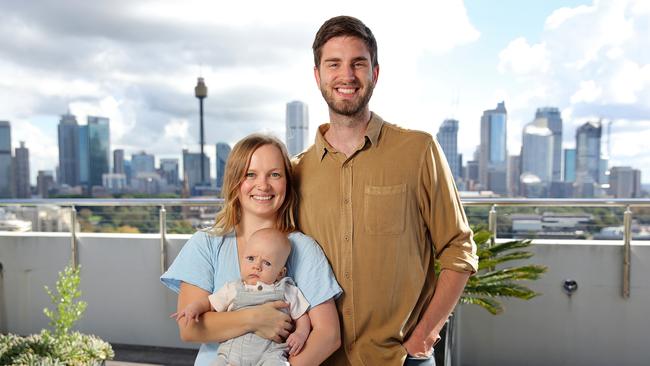
New mum Alysha Maybury gave birth to her baby boy Parker at The Royal Hospital for Women late last year.
She said she was surprised to hear 2020 had seen a decline in births.
“When we first found out we were pregnant, I tried to get into the midwifery program with Royal Women’s but there wasn’t even room on the waiting list as December (2020) and January (2021) had all booked out with other mothers.”
She said during her pregnancy staff at the hospital jokingly spoke about a “baby boom” of quarantine babies.
“During my pregnancy there was often the joke of Parker being a quarantine baby and part of the second ‘baby boom’ by a few of the doctors and midwives.”
The fall in birth rate is matched at three of Sydney’s largest public hospitals in the city’s north, south and west.
Rates slumped to the lowest level on record during the coronavirus pandemic amid concerns of a looming “baby bust”.
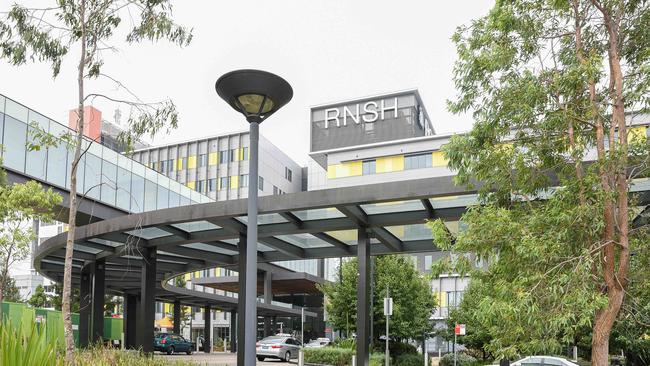
Sydney NSW Health data shows that Westmead Hospital had its lowest birth rate on record last year, delivering just 4983 babies - a figure that has steadily decreased since 2010.
St George Hospital in the city’s south also delivered its lowest level of babies on record, with just 2214 babies born in 2020 - an 11 per cent decrease on 2010 figures.
On the other side of the harbour, Royal North Shore Hospital experienced a similar drop in the birth rate, with 2641 babies born last year - its lowest level since 2015.
Australian National University (ANU) demographer Professor Peter McDonald said the trend reflects a national decline in the fertility rate, driven largely by cash-strapped young Australians struggling to afford a home.
“Over that period Australia’s fertility rate overall was on a steady decline so that reflects a national trend,” he said.
“There is clearly a very strong move at the moment away from early child bearing… Mainly because of housing, people going to school and university as well as better contraception.”
He said the impact of the pandemic on last year’s birth rate was, however, likely to be “very small” given many of the babies reflected in the data would have been conceived before the virus hit.
Last year, Professor McDonald completed work for the government’s Centre for Population forecasting the fertility rate would drop to 1.62 by the end of the decade - a figure that is likely to be compounded by the pandemic.
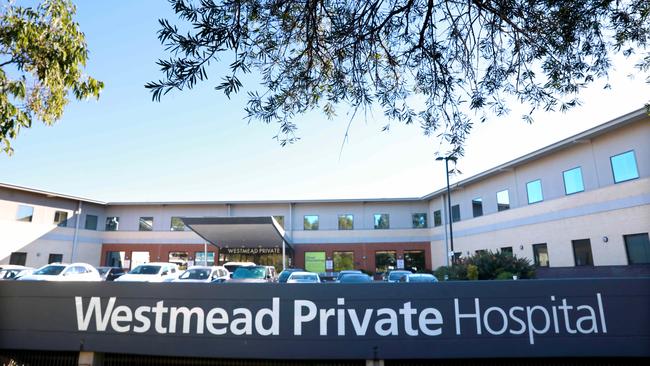
“The pandemic itself will push the birth rate down because of economic insecurity. Young people may have felt insecure before the pandemic but when it came along, it made that worse,” he said.
Professor McDonald believes the so-called “baby bust” could create an economic burden on the government in a few decades time if it is not addressed with migration or affordable housing or childcare.
“It will have an impact in say 25 years, when the number of people coming into the labour force will be small. In Australia, we can offset that with migration.
“But the government could also consider more support in terms of childcare and affordable housing.”
A NSW Health spokeswoman said in 2019, 95,133 babies were born in NSW hospitals to 93,758 mothers - a decline of 1.3% compared with 2015.
“There are a number of factors that contribute to a decline in birth numbers at any
particular facility, including socio-economic factors, changing demographics and the
availability of alternative birth facilities,” she said.
“Birth numbers may also vary significantly between facilities where there are multiple health services available that offer birthing, or where facilities service a different sized population. For these reasons, facilities in different areas of Sydney and NSW should not be directly compared.”
Number of babies born in Sydney’s eastern suburbs (through The Royal Hospital for Women and Prince of Wales Private Hospital):
2020: 5554
2019: 5924
2018: 6007
2017: 6115
2016: 6338
2015: 6317
2014: 6395
2013: 6568
2012: 6843
2011: 6411
2010: 6539
2009: 6494
2008: 6337
2007: 6292
2006: 5909




